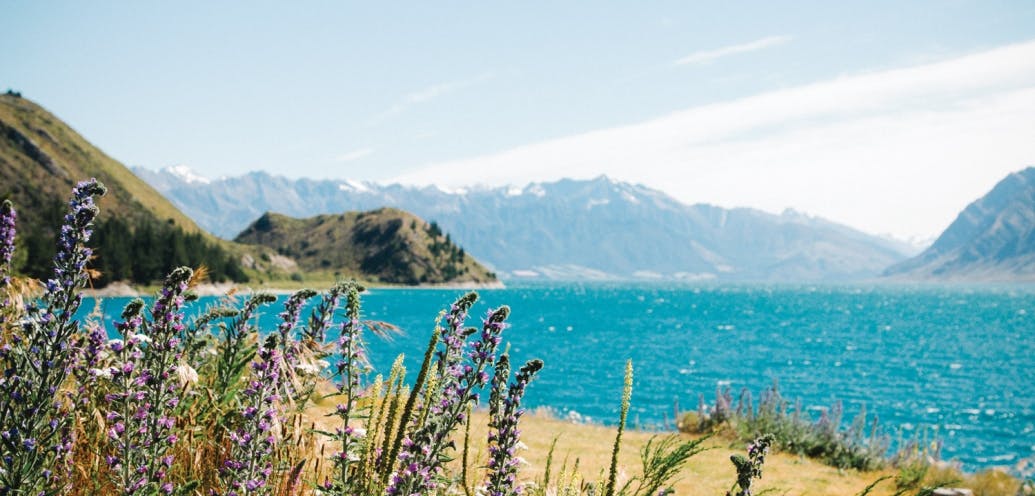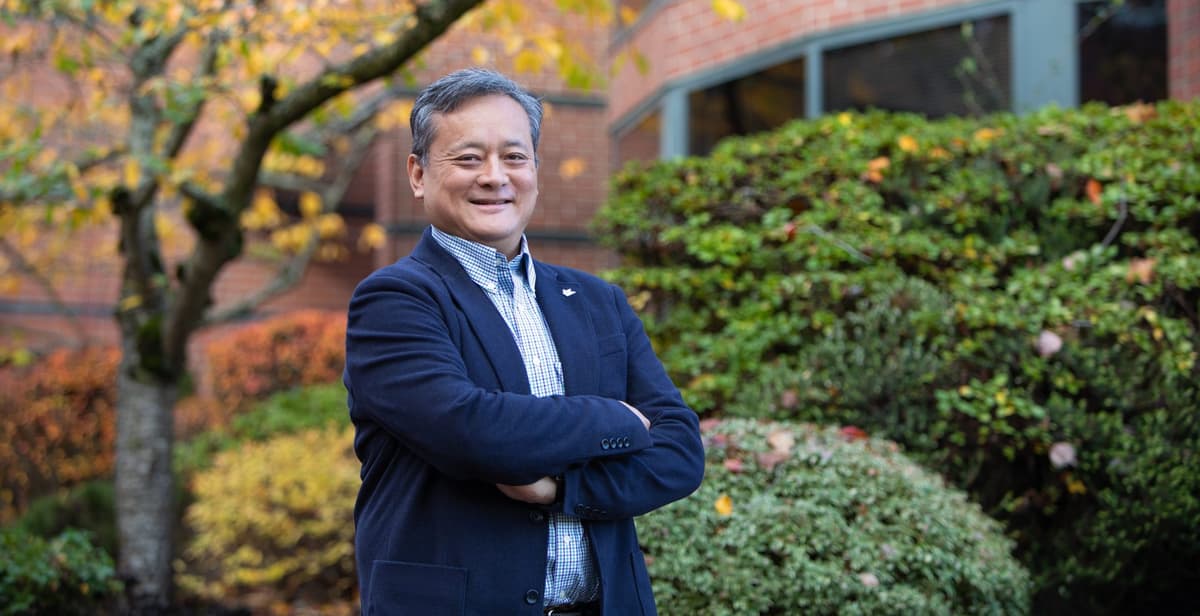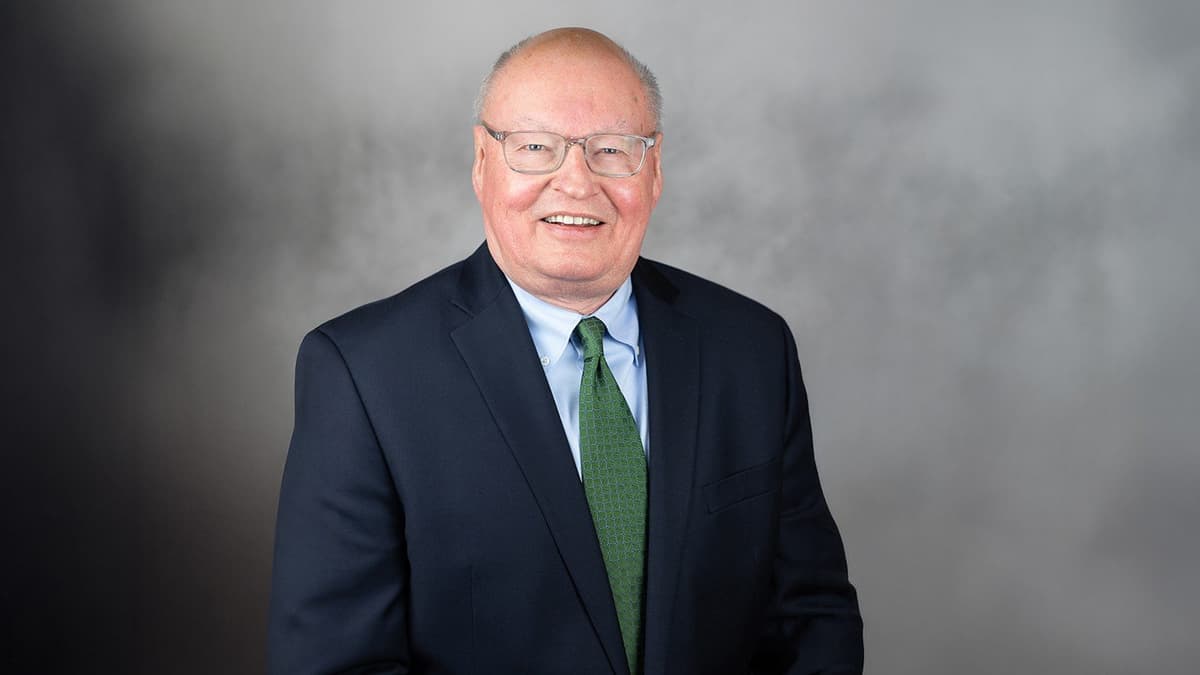Following Autumn Quarter’s finals — and while most Northwest residents were donning winter coats and waterproof boots — two Seattle Pacific University professors and 18 students traded the Northwest chill for a New Zealand summer.
Ross Stewart, professor of accounting and dean of the School of Business, Government, and Economics, and Daniel Schofield, associate professor of chemistry, combined their disciplines to lead the new SPU in New Zealand global seminar: “Climate Change: Chemical Basis and Financial Accountability.”

For two weeks, Stewart, Schofield, and SPU students traveled throughout New Zealand. With an itinerary of locations on the country’s North and South islands, students visited and learned from a wide array of people. They spoke with scientists at research facilities including the National Institute of Water and Atmospheric Research; they visited local farms (including a dairy owned and operated by one of Schofield’s family members); and they met with New Zealand’s leading Maori activist, Tame Wairere Iti, who guided them through the Te Kura Whare, New Zealand’s first Living Building.

“He spoke about his journey to forgiveness and making peace with the government,” says junior Nettie Silvernale. “It was truly a once-in-a-lifetime experience to learn from such a prominent social activist.”
“I love this study abroad program because both professors are from New Zealand,” says Gail DeBell, director of study abroad at SPU.
Those personal connections were an advantage. “We were meeting with top-level people,” says Schofield. “We were just given fantastic access.” Adds Stewart: “I think that was one of the plusses of this trip. It had so many dimensions for a study abroad trip, some of it unplanned.”

“There were about 1,001 highlights,” says senior music major Jenny Young, who used the trip to fulfill her applied science requirement. “One was going to the Doubtful Sound, a fjord that not only serves as a huge natural carbon sink — which is ultimately great for reducing greenhouse gases — but is also breathtakingly beautiful. Another was going to Te Kura Whare, the first living building in New Zealand.”
Toward the end of the trip, the group also unexpectedly ran into well-known Seattle philanthropist Paul Brainerd, who met and spoke with the students. Brainerd’s education and environmental tourism endeavor, the Glenorchy Marketplace Project, is being developed to balance the natural and built environment. “He didn’t know much about SPU, but he was impressed with our students. They had specific, well-thought-out questions,” says Schofield.
Throughout the trip, students saw firsthand the challenges of balancing economic productivity with environmental responsibility. “Students looked at the real science behind these important issues,” says Stewart.
“I didn’t have a whole lot of prior knowledge concerning climate change and economics,” says Young. “I have always been in favor of doing my part to take care of the Earth — all of the base-level tasks like recycling, not littering, and being conscious of water usage — but didn’t really think about business emissions or things like that. This trip opened my eyes to such matters, and made me much more aware of environmental concerns beyond good citizenship.”





